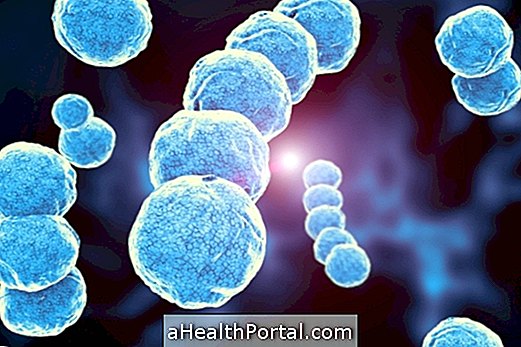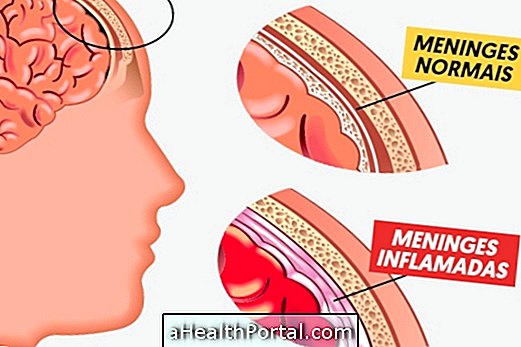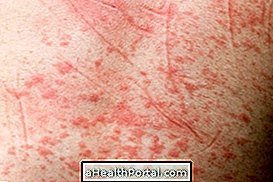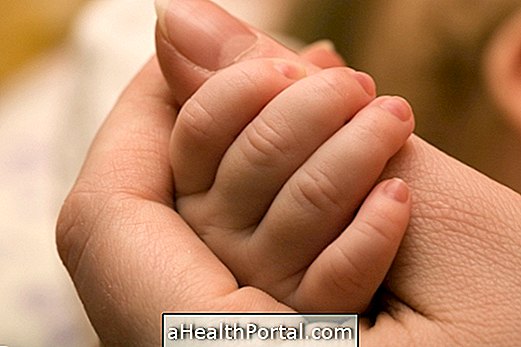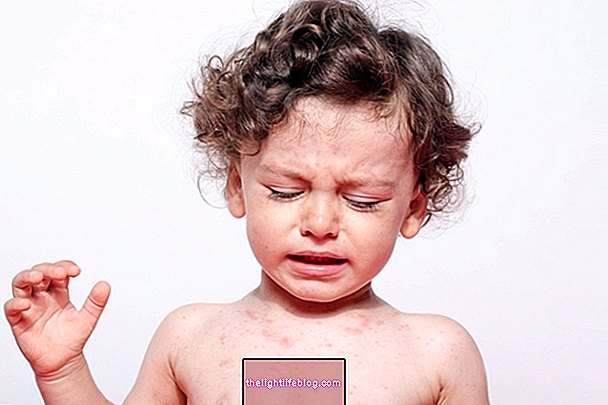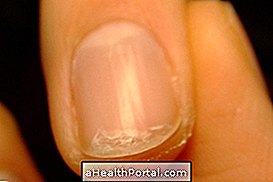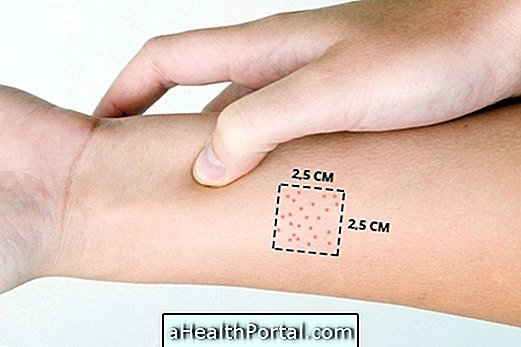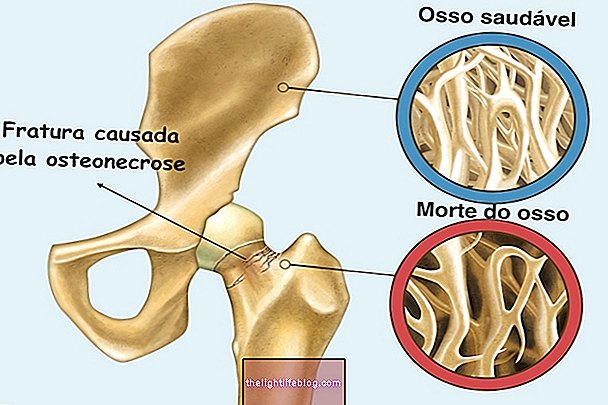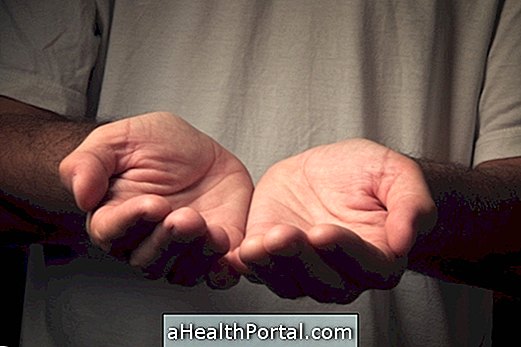Signs and symptoms of meningitis in adults and children over 2 years of age suddenly appear and are initially characterized by high fever, above 39 ° C, and severe headache, which facilitates confusing the disease with a common cold .
This disease can be caused by viruses, bacteria, fungi or parasites, and severity and treatment vary according to the cause of the disease, with bacterial meningitis being the most severe form of the disease.
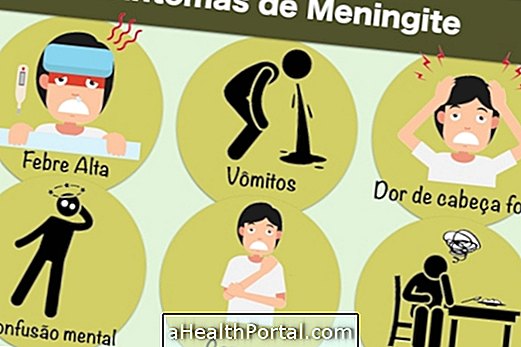
The most common way to get meningitis is to get in touch with people who are infected and it is important to be aware of the following symptoms:
- High and sudden fever;
- Headache hard and hard to pass;
- Nausea and vomiting;
- Pain and difficulty moving the neck;
- Dizziness and difficulty concentrating;
- Mental confusion;
- Difficulty pushing chin in chest;
- Sensitivity to light and noise;
- Drowsiness and tiredness;
- Lack of appetite and thirst.
In addition, red spots or rocks on the skin of varying sizes may also occur, which is characteristic of meningococcal meningitis, a serious form of the disease. See more details about this form of the disease here and know what the tests are necessary to know if it is meningitis and what its type.
When to go to the doctor
As soon as the symptoms of fever, nausea, vomiting and headache appear too strong, the doctor should be checked to see the cause of the problem.
Meningitis is diagnosed from blood tests and CSF, which is the fluid that is present in the spine. These tests allow you to know the type of disease and the most appropriate treatment. See how treatment is done for each type of disease.
